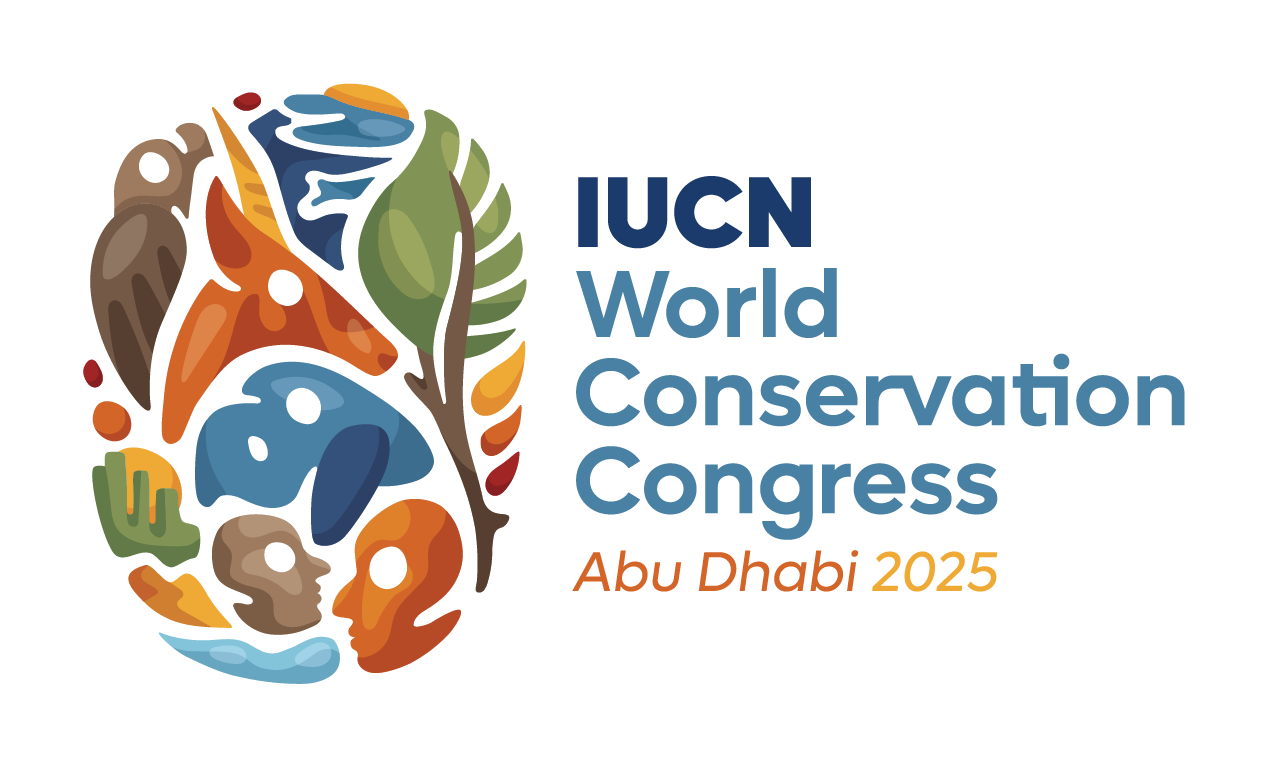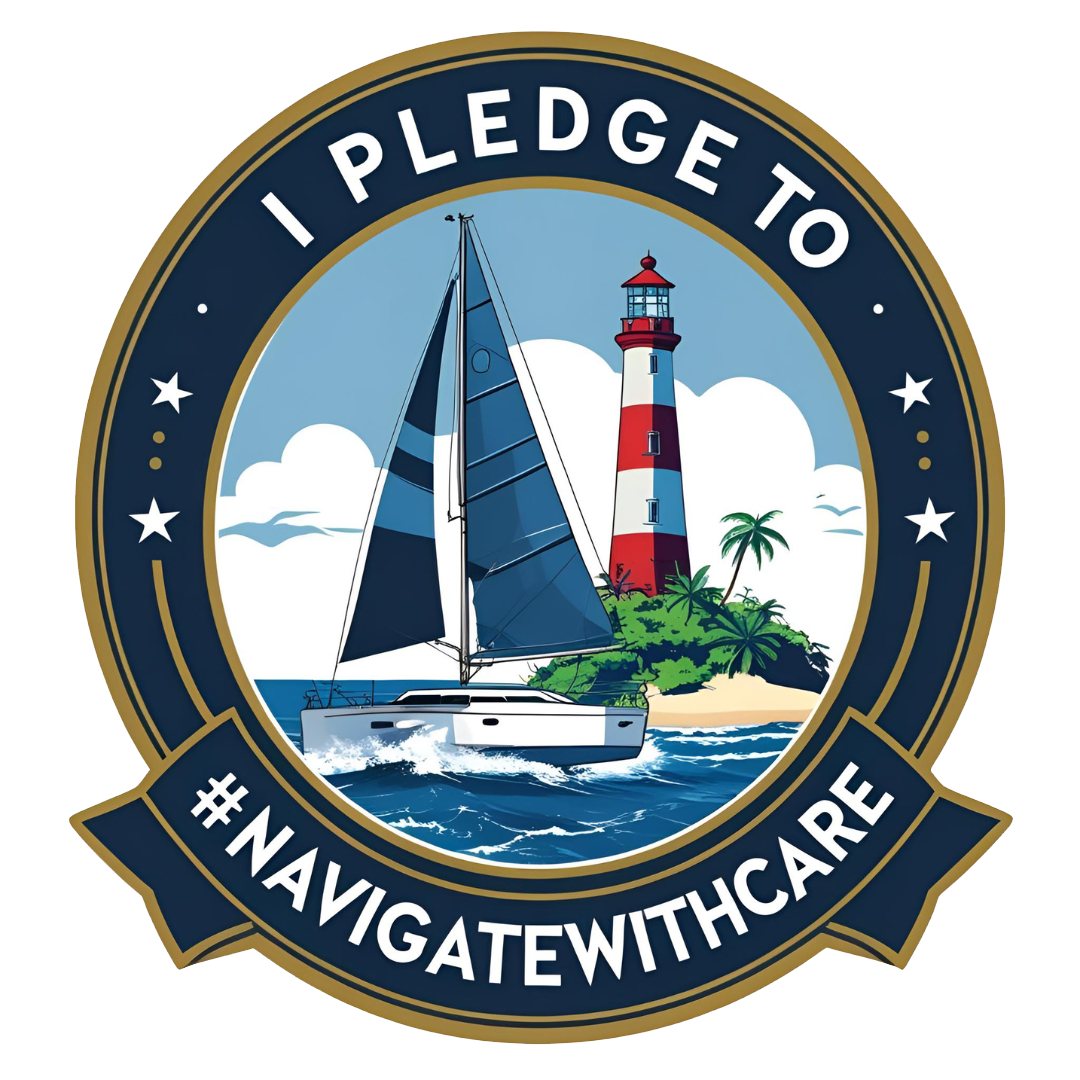Focus for today:
Red Sea coral disease.
Target key stage:
Key Stage 4: National Science Curriculum, Double Award, Sc2, 4a – Variation arises from genetic causes, environmental causes, and a combination of both.
Key information:
Over the past 20 years coral reefs have faced increasing threats from natural and human sources.
Over the same time period, the amount of coral disease observed has also increased and many scientists believe that an increase in coral disease abundance may be exacerbated by global climate change (corals are sensitive to increasing water temperatures and are therefore less healthy and more susceptible to disease). Coral disease has been well documented in the Caribbean but the status of coral disease in the Indo-Pacific region and Red Sea coral disease is undetermined. During the expedition the science team will be conducting specific surveys looking for and noting Red Sea coral disease. We will record both the species of coral that is diseased and what the disease is.
Coral Bleaching
The term ‘disease’ can refer to both infectious and non-infectious diseases and describes any phenomenon that makes the coral unhealthy. Many diseases are very hard to identify without detailed laboratory analysis but we can classify the diseases into broad groups. We may observe the following Red Sea coral diseases:
-Coral bleaching: when the coral tissue remains intact but the coral is bleached and you can see the white coral skeleton through the colourless coral tissue. This may occur due to increased water temperature for example.
-Predation: patches of bare white coral skeleton are observed where the coral tissue has been eaten, typically by a Crown of Thorns Starfish (COTS) or a Drupella snail. Predation scars generally have a very regular edge between the remaining live coral tissue and the dead skeleton.
-White syndrome: a white patch of bare coral skeleton is observed. White syndrome can be caused by a number of pathogens. Unlike predation scars, the boundary between the remaining live coral tissue and the dead skeleton is likely to be quite irregular.
-Black Band Disease: a black stripe is observed across the surface of the coral. Caused by 3 different types of bacteria. First observed in the early 1970s.
Black Band Disease
-White Band Disease: a white stripe is observed across the surface of the coral. This disease only attacks branching corals of the Genus Acropora. First described in 1996.
-Yellow Band Disease: a yellow stripe is observed across the surface of the coral. The coral tissue remains alive, but unhealthy. First described in 2001.
-Tumors: observed as abnormal coral tissue and/or coral skeleton growth.
Question for students/food for thought:
How do you think both natural and human impacts may increase or decrease the spread of Red Sea coral disease and could reef management techniques help control disease outbreaks?
Additional information:
Today a specific survey was done to document a Crown of Thorns Starfish outbreak we found on a reef. Crown of Thorns Starfish outbreaks will be discussed in further detail at a later date… watch this space!




